Home>Ideas and Tips>Creating A Xeriscaped Landscape: Water-Wise Gardening
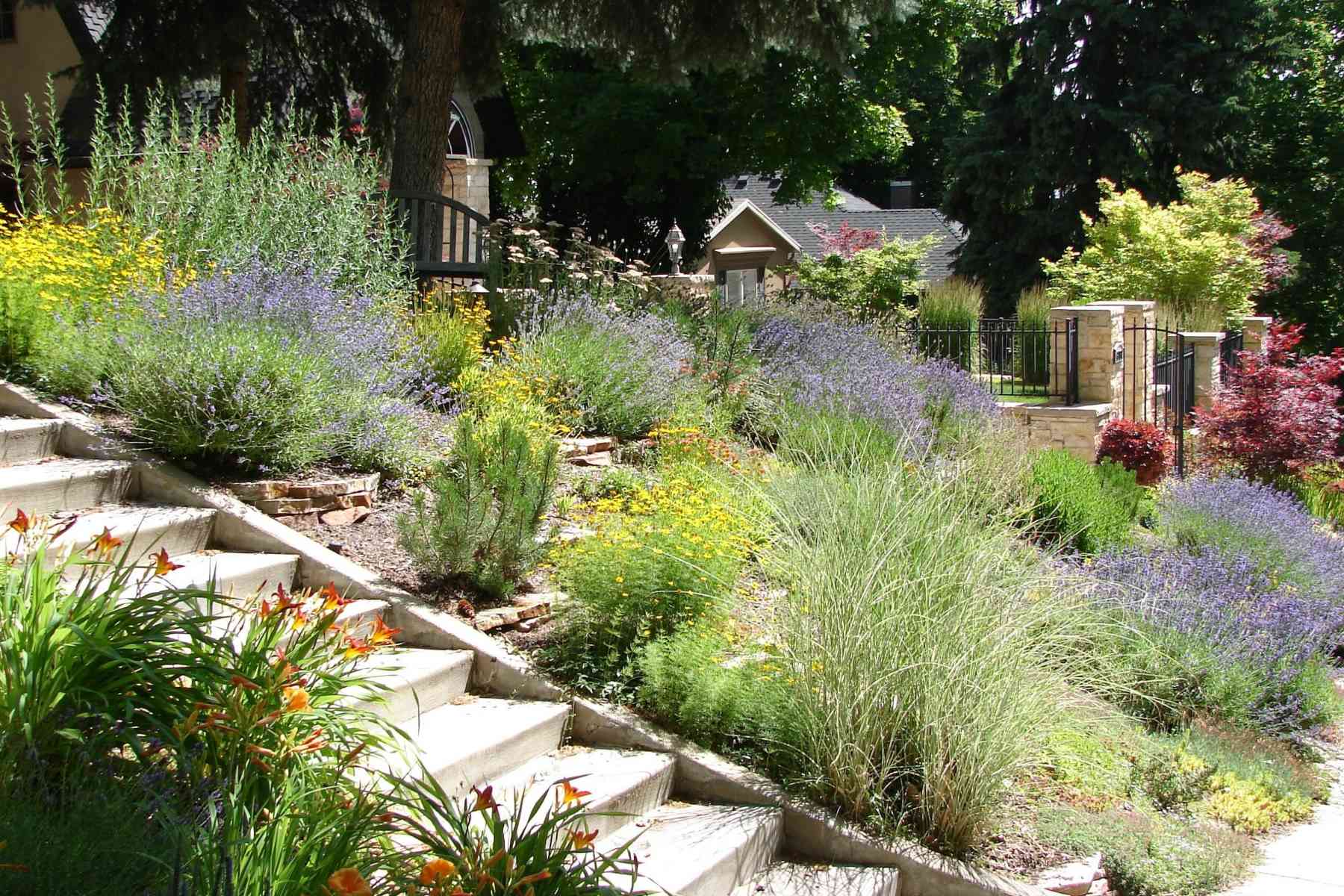

Ideas and Tips
Creating A Xeriscaped Landscape: Water-Wise Gardening
Modified: October 28, 2024
Discover the benefits of xeriscaping and learn practical steps to create a stunning, water-efficient garden that thrives in any climate.
(Many of the links in this article redirect to a specific reviewed product. Your purchase of these products through affiliate links helps to generate commission for Storables.com, at no extra cost. Learn more)
In today's world, where water conservation is becoming increasingly important, xeriscaping has emerged as a popular and sustainable approach to landscaping. Xeriscaping, which is derived from the Greek word "xeros," meaning dry, is a water-efficient gardening method that focuses on using drought-tolerant plants, efficient irrigation systems, and smart design principles. This approach not only helps in reducing water consumption but also creates beautiful and low-maintenance landscapes that thrive in various climates.
Xeriscaping has its roots in the 1970s in Denver, Colorado. At that time, the city faced severe water shortages due to rapid population growth and drought. In response, local landscapers and gardeners began experimenting with drought-tolerant plants and efficient irrigation systems. The term "xeriscaping" was coined by Alan S. Drenguis, a horticulturist who worked for the Denver Water Department. Drenguis' innovative approach emphasized using native plants that required minimal watering while still providing aesthetic appeal.
Over the years, xeriscaping has evolved and spread across the United States and beyond. Today, it is recognized as a leading method for water conservation in landscaping. The principles of xeriscaping have been adapted to various climates and regions, making it accessible to gardeners worldwide.
Benefits of Xeriscaping
-
Water Conservation
- One of the primary benefits of xeriscaping is its ability to conserve water. By using drought-tolerant plants and efficient irrigation systems, you can significantly reduce your water consumption.
- According to the U.S. Environmental Protection Agency (EPA), xeriscaping can save up to 50% of the water used in traditional landscaping.
-
Low Maintenance
- Xeriscaped gardens are designed to be low maintenance. Drought-tolerant plants require less pruning, fertilizing, and pest control compared to traditional gardens.
- This makes xeriscaping ideal for busy homeowners who want an attractive outdoor space without the hassle of constant upkeep.
-
Aesthetic Appeal
- Despite its focus on water efficiency, xeriscaping does not compromise on aesthetics. The use of native plants and carefully designed landscapes can create stunning visual effects that enhance your property's value.
- From vibrant wildflowers to lush succulents, there are numerous options available that can add beauty and character to your garden.
-
Climate Adaptability
- Xeriscaping is adaptable to different climates and regions. Whether you live in a hot desert or a cool mountainous area, there are specific plants and techniques tailored for your specific environment.
- This adaptability makes it possible for gardeners in various parts of the world to enjoy the benefits of xeriscaping.
-
Wildlife Habitat Creation
- By incorporating native plants into your xeriscaped garden, you can create a habitat for local wildlife such as bees, butterflies, and birds.
- This not only enhances biodiversity but also provides an opportunity for you to observe nature up close.
-
Increased Property Value
- A well-designed xeriscaped garden can increase your property's value by making it more attractive and sustainable.
- Potential buyers are increasingly looking for properties with eco-friendly features like xeriscaping which can give you an edge in the real estate market.
Planning Your Xeriscaped Garden
Creating a successful xeriscaped garden requires careful planning from the outset. Here are some steps you should follow:
Step 1: Assess Your Site
Before starting any project, it's essential to assess your site conditions:
- Sunlight: Determine how much sunlight your garden receives throughout the day.
- Soil Type: Test your soil type to understand its pH level and nutrient content.
- Drainage: Observe how water drains from your yard; this will help determine which plants will thrive there.
Step 2: Choose Drought-Tolerant Plants
Selecting the right plants is crucial in xeriscaping:
- Native Plants: Incorporate native plants that are adapted to local climate conditions.
- Succulents & Cacti: These plants store water in their leaves or stems making them perfect for dry environments.
- Grasses & Groundcovers: Low-growing grasses and groundcovers can add texture and color without requiring much water.
Some popular drought-tolerant plants include:
- Sedum
- Yucca
- Agave
- Lantana
- Zinnia
Step 3: Design Your Landscape
A well-designed landscape is key to making the most out of your xeriscaped garden:
- Mulching: Apply mulch around plants to retain moisture in the soil while preventing weeds from growing.
- Gravel & Rock: Use gravel or rock paths instead of grassy areas which require less maintenance.
- Water Features: Incorporate small water features like birdbaths or fountains which can attract wildlife without wasting much water.
Step 4: Implement Efficient Irrigation Systems
Efficient irrigation systems are vital in xeriscaping:
- Drip Irrigation: This method delivers water directly at the roots reducing evaporation losses.
- Soaker Hoses: These hoses release water slowly over long periods mimicking natural rainfall patterns.
- Smart Controllers: Install smart controllers that adjust watering schedules based on weather conditions ensuring optimal use of resources.
Step 5: Mulch & Mulching
Mulching plays a significant role in maintaining healthy plants:
- Organic Mulches: Use organic mulches like wood chips or straw which decompose over time adding nutrients back into soil.
- Inorganic Mulches: Inorganic mulches like gravel or stone help retain heat during winter months promoting root growth during colder seasons.
Practical Tips for Creating Your Own Xeriscaped Garden
Here are some practical tips tailored specifically for beginners:
-
Start Small
- Begin with small sections of your yard before expanding into larger areas allowing yourself time adjust techniques based on results observed initially.
-
Use Local Resources
- Utilize local nurseries specializing in drought-tolerant plants ensuring they're well-suited specific regional conditions minimizing potential failures due unfamiliarity with local flora/fauna interactions/dependencies/etc..
-
Monitor Weather Patterns
- Keep track current weather forecasts adjusting irrigation schedules accordingly avoiding overwatering during periods heavy rainfall/precipitation events/etc..
-
Incorporate Seasonal Elements
- Incorporate seasonal elements such as bulbs flowering plants shrubs trees providing year-round interest/variety enhancing overall aesthetic appeal without compromising sustainability goals/objectives/etc..
-
Educate Yourself Continuously
- Stay updated latest research findings/trends within field continuously educating yourself new techniques methods improving overall effectiveness efficiency long-term sustainability goals/objectives/etc..
Common Mistakes to Avoid in Xeriscaping
While xeriscaping offers numerous benefits there are certain pitfalls one should avoid:
-
Overlooking Soil Conditions
- Failing test soil type pH level nutrient content leading poor plant performance despite best intentions/desires/etc..
-
Ignoring Local Climate Conditions
- Neglecting incorporate plants adapted specific regional climate conditions resulting poor growth/health issues despite best efforts/desires/etc..
-
Insufficient Mulching
- Underutilizing mulching techniques failing retain moisture prevent weeds growth compromising overall effectiveness efficiency long-term sustainability goals/objectives/etc..
-
Inadequate Irrigation Systems
- Installing inefficient irrigation systems leading excessive water waste despite best intentions/desires/etc..
-
Lack Continuous Maintenance
- Failing regularly inspect/maintain garden leading neglecting necessary tasks compromising overall health/aesthetic appeal despite best efforts/desires/etc..
Creating a xeriscaped landscape is not only an environmentally responsible choice but also a rewarding one offering numerous benefits ranging from water conservation low maintenance aesthetic appeal climate adaptability wildlife habitat creation increased property value among others By following practical steps outlined above while avoiding common mistakes you'll be well-equipped transform ordinary yard extraordinary oasis perfecting art water-wise gardening process itself Whether seasoned gardener just starting journey this comprehensive guide provides everything needed succeed achieving ultimate goal creating stunning sustainable outdoor space enjoyed generations come
Was this page helpful?
At Storables.com, we guarantee accurate and reliable information. Our content, validated by Expert Board Contributors, is crafted following stringent Editorial Policies. We're committed to providing you with well-researched, expert-backed insights for all your informational needs.
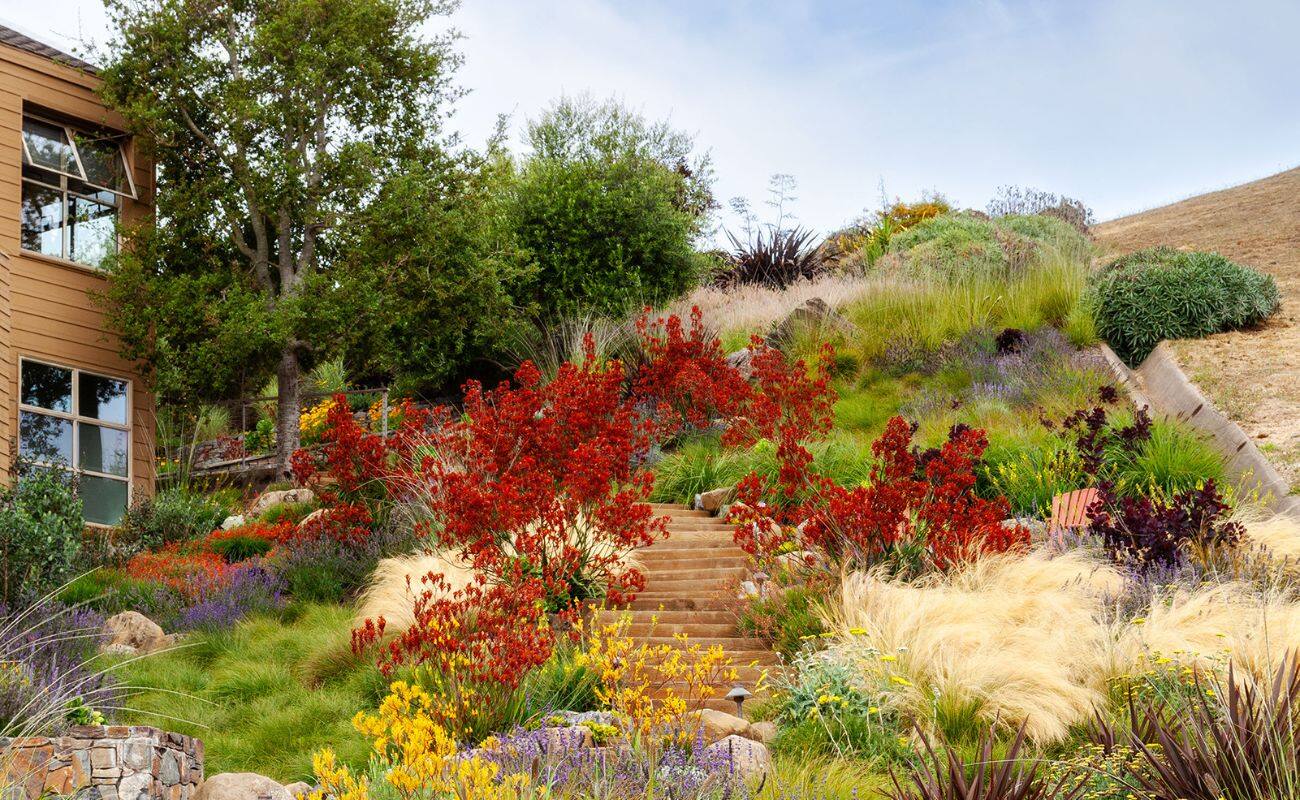
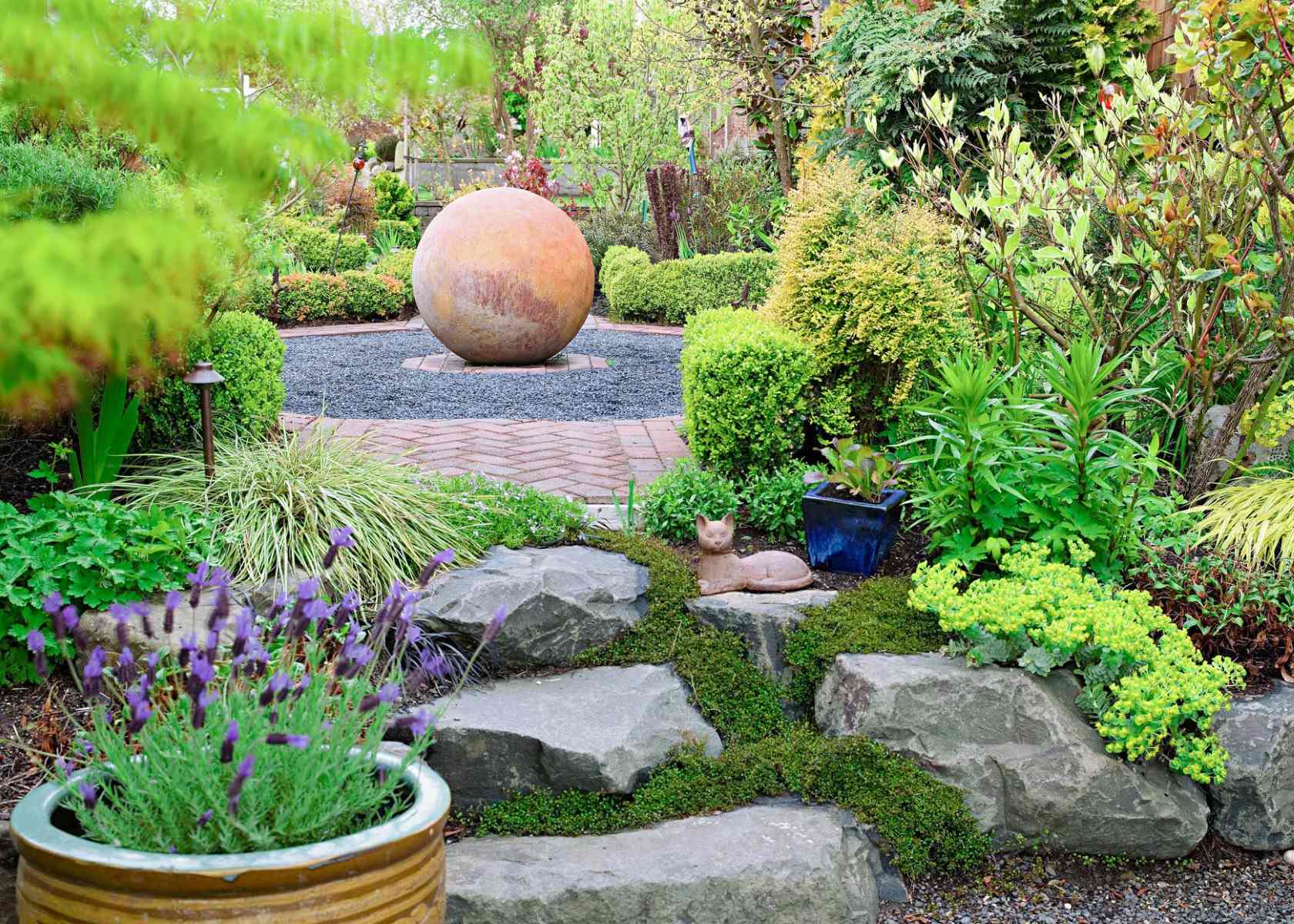
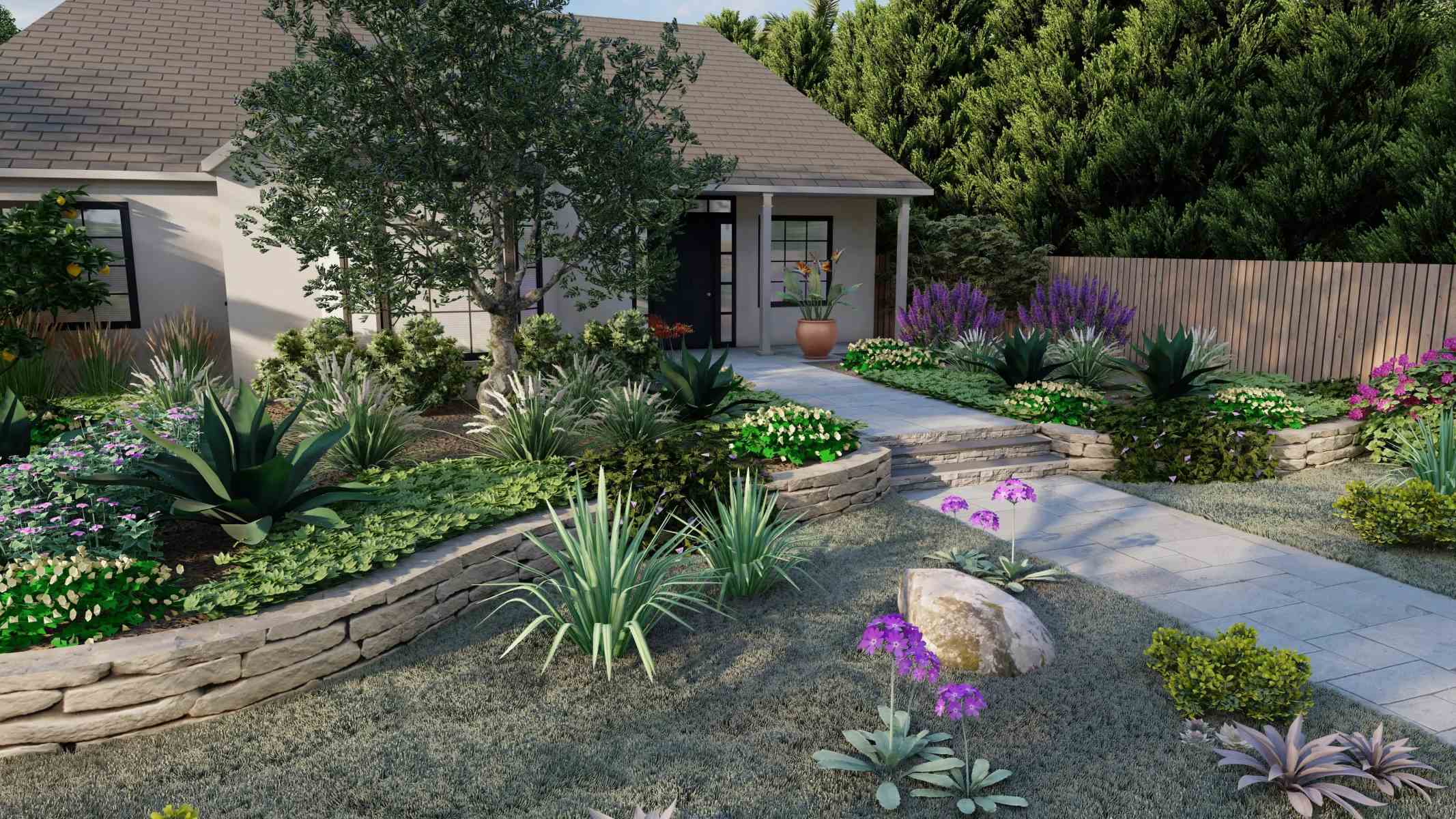
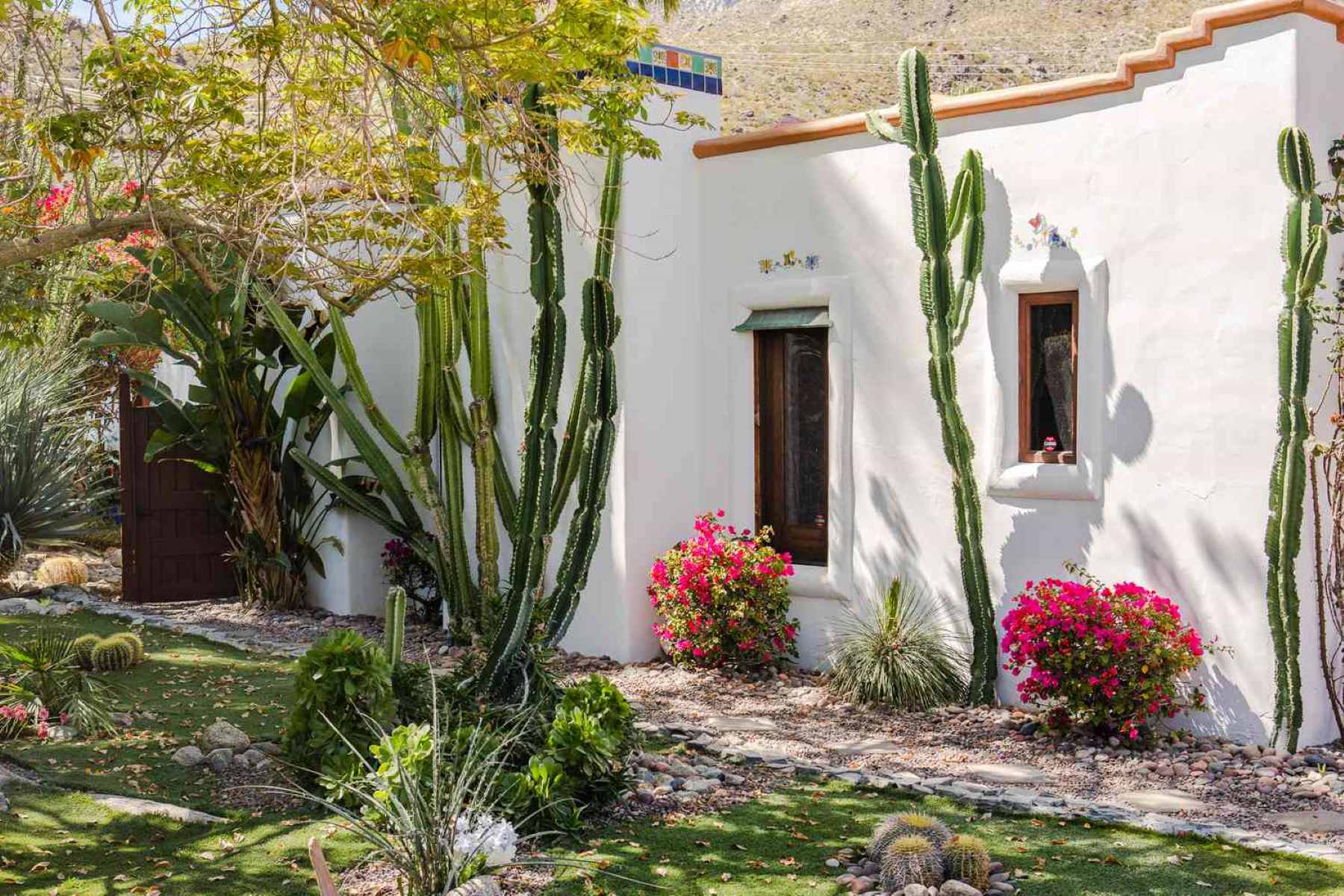
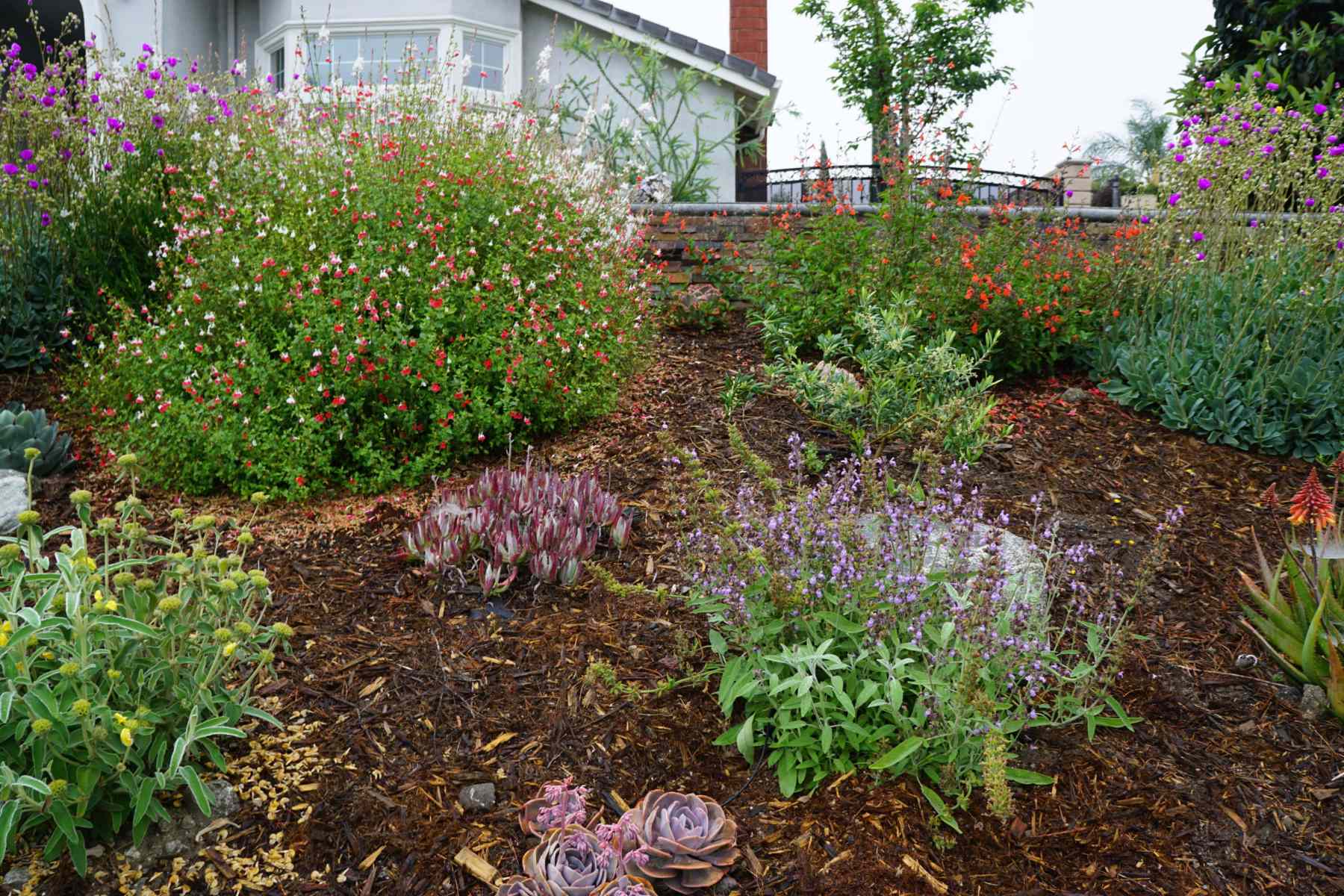
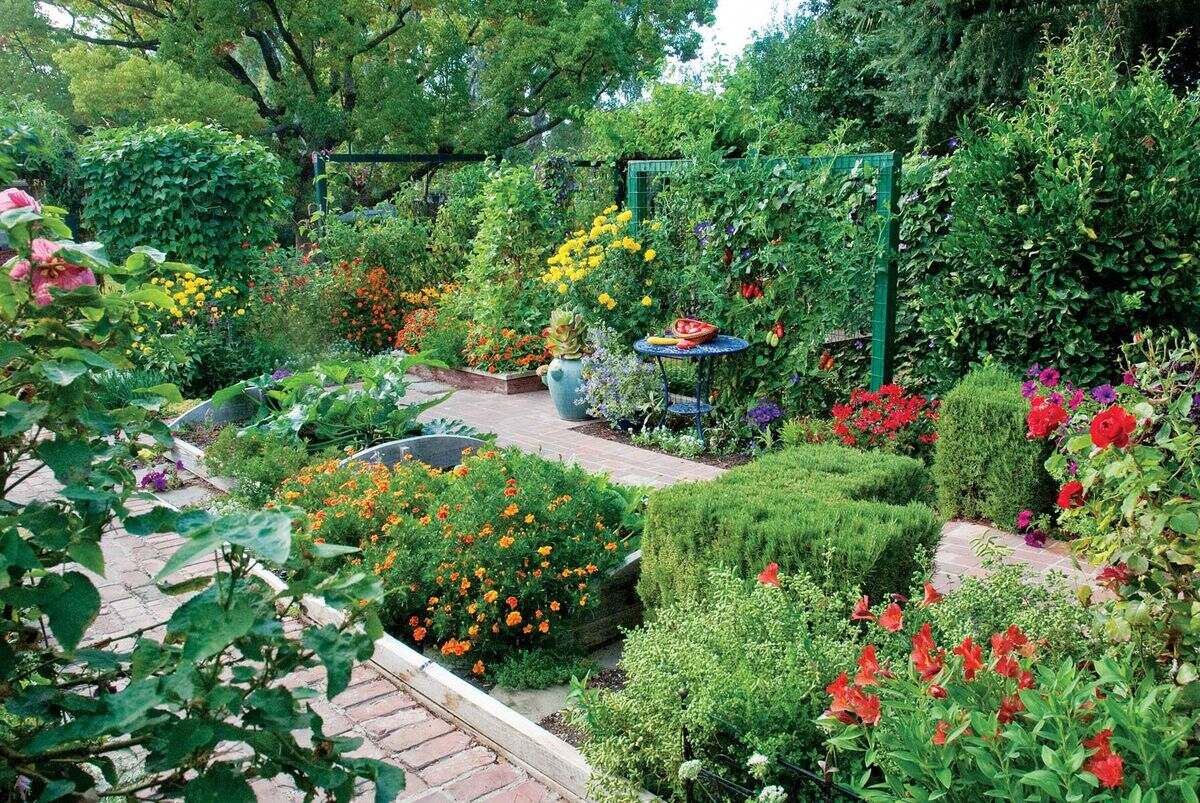
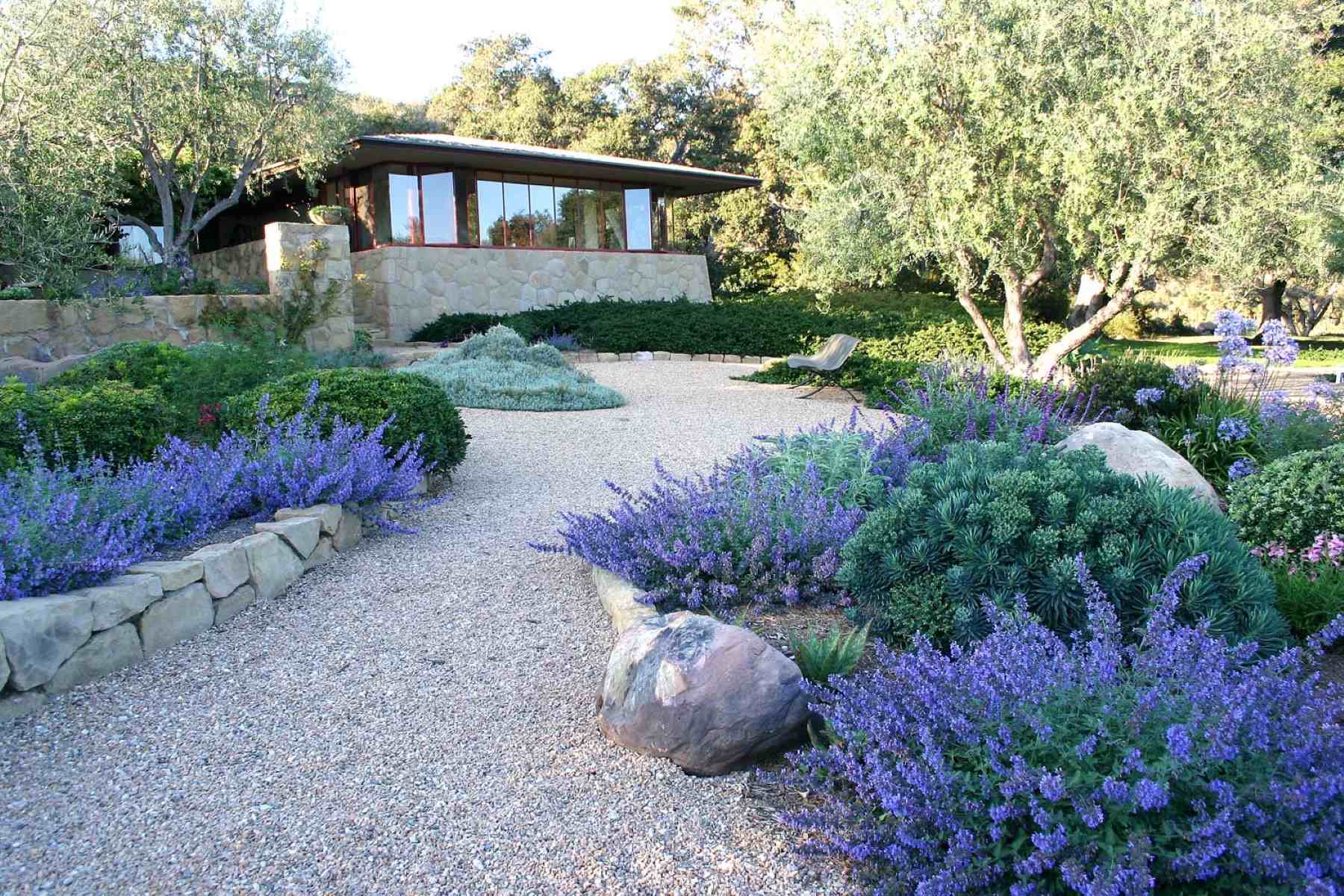
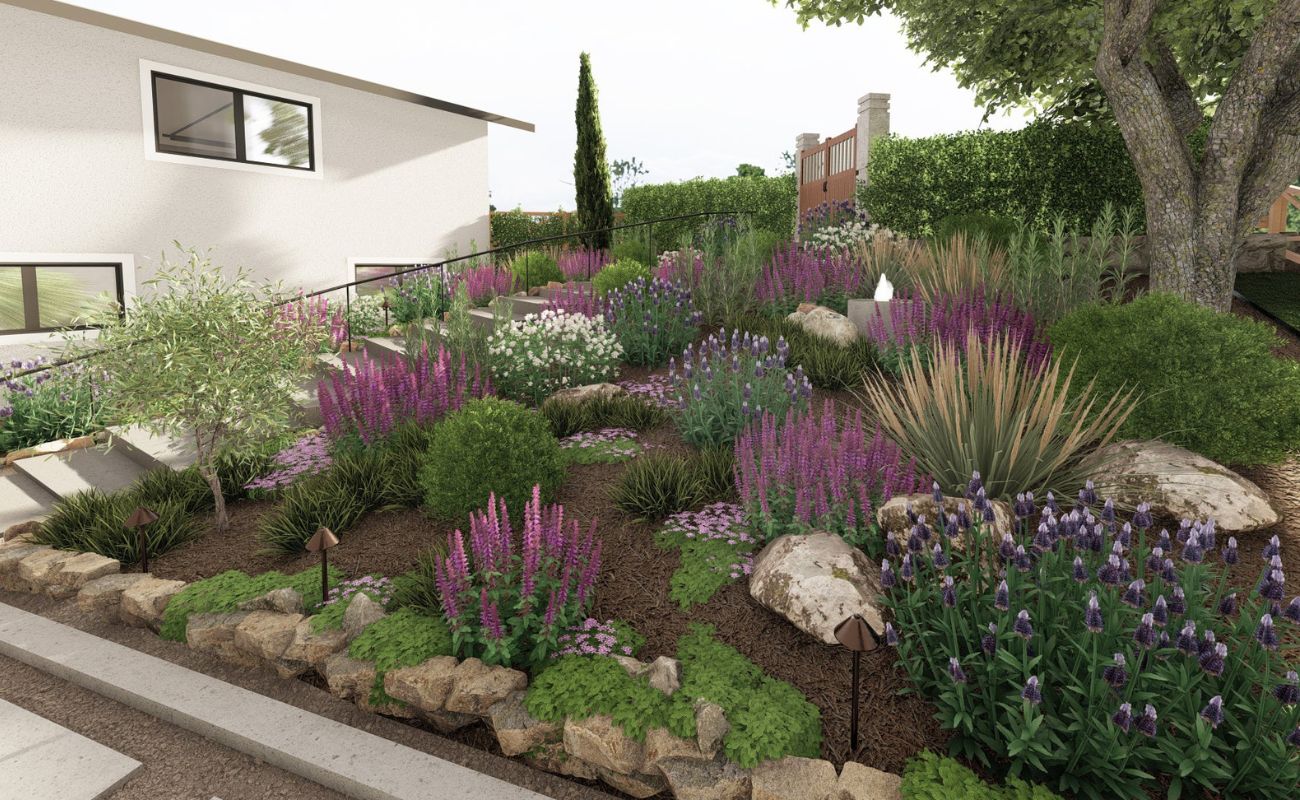

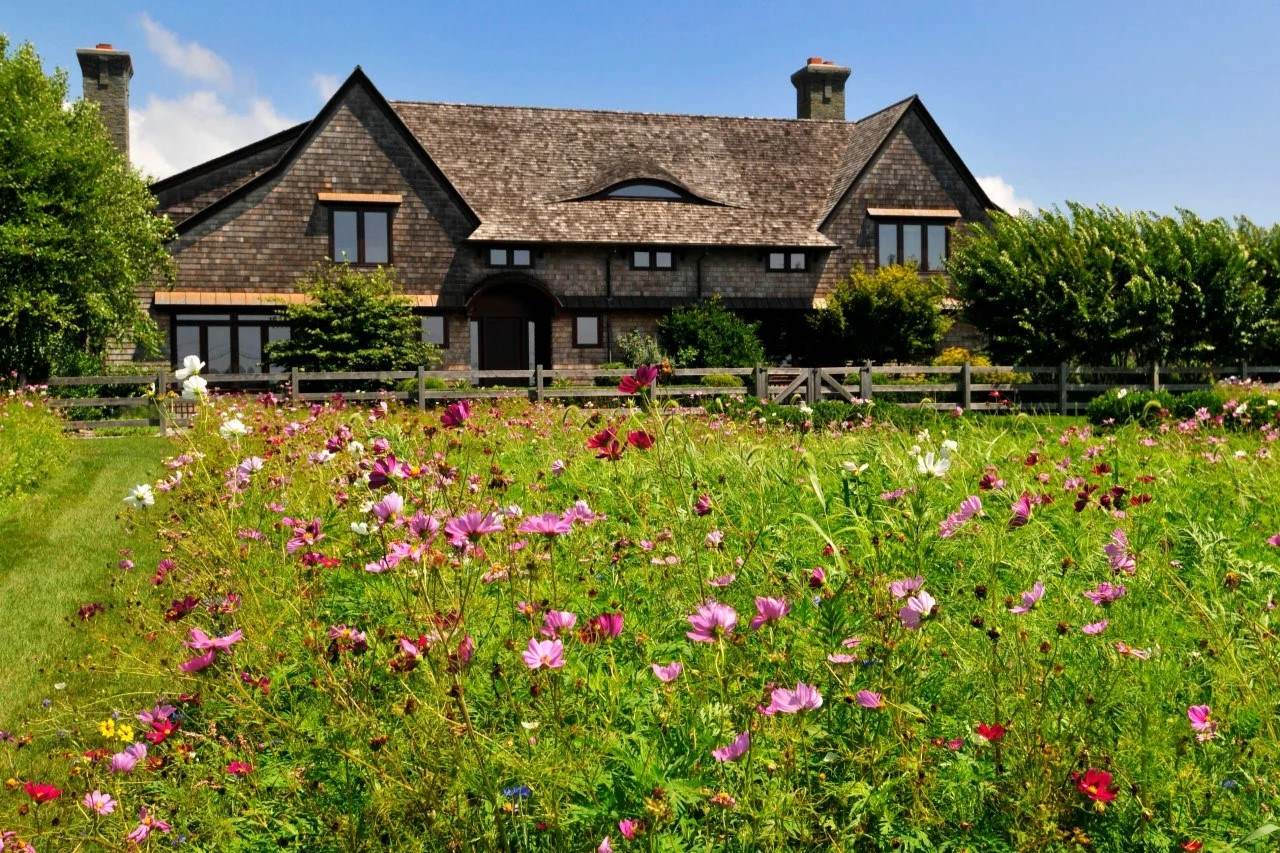

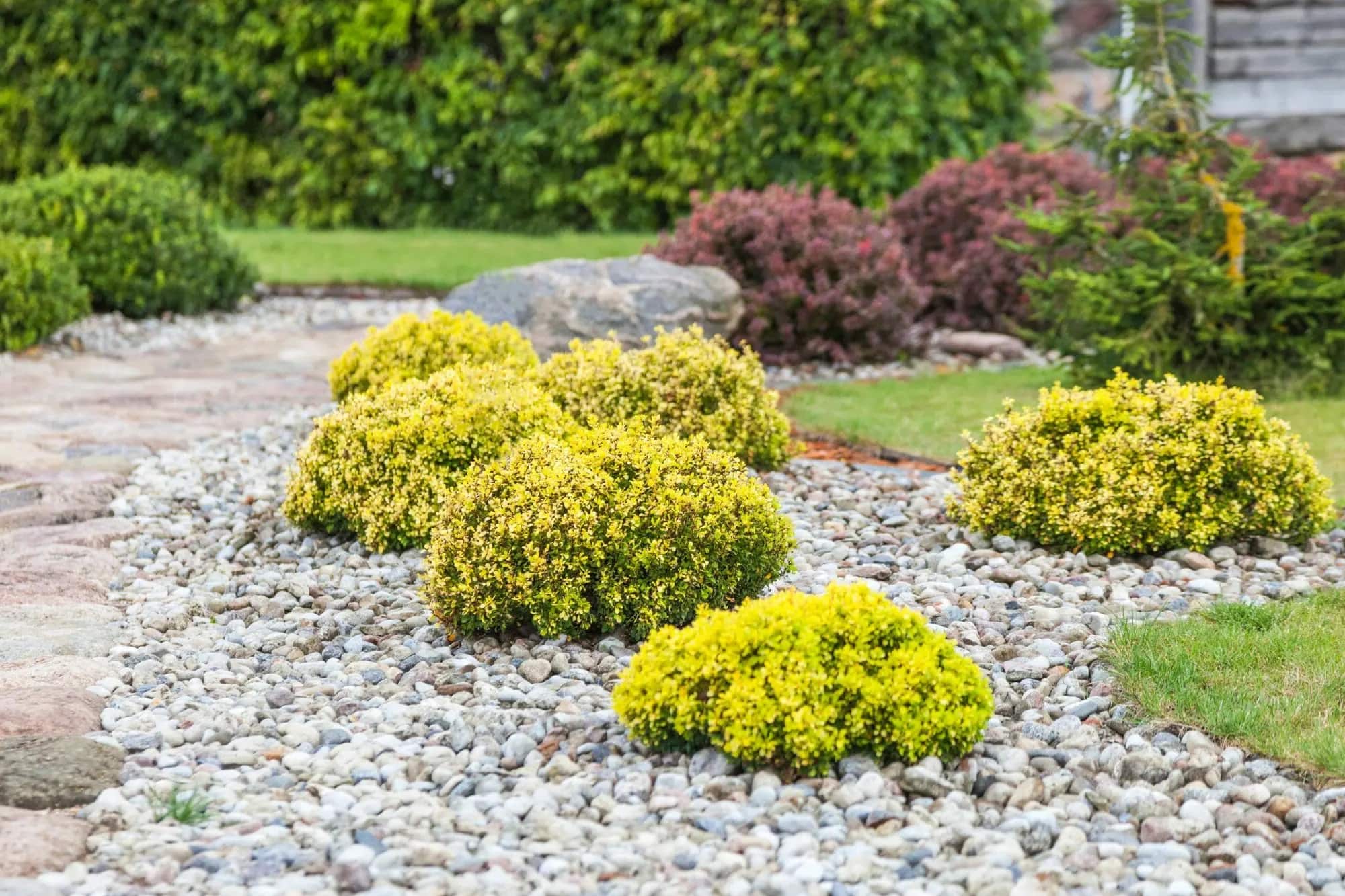
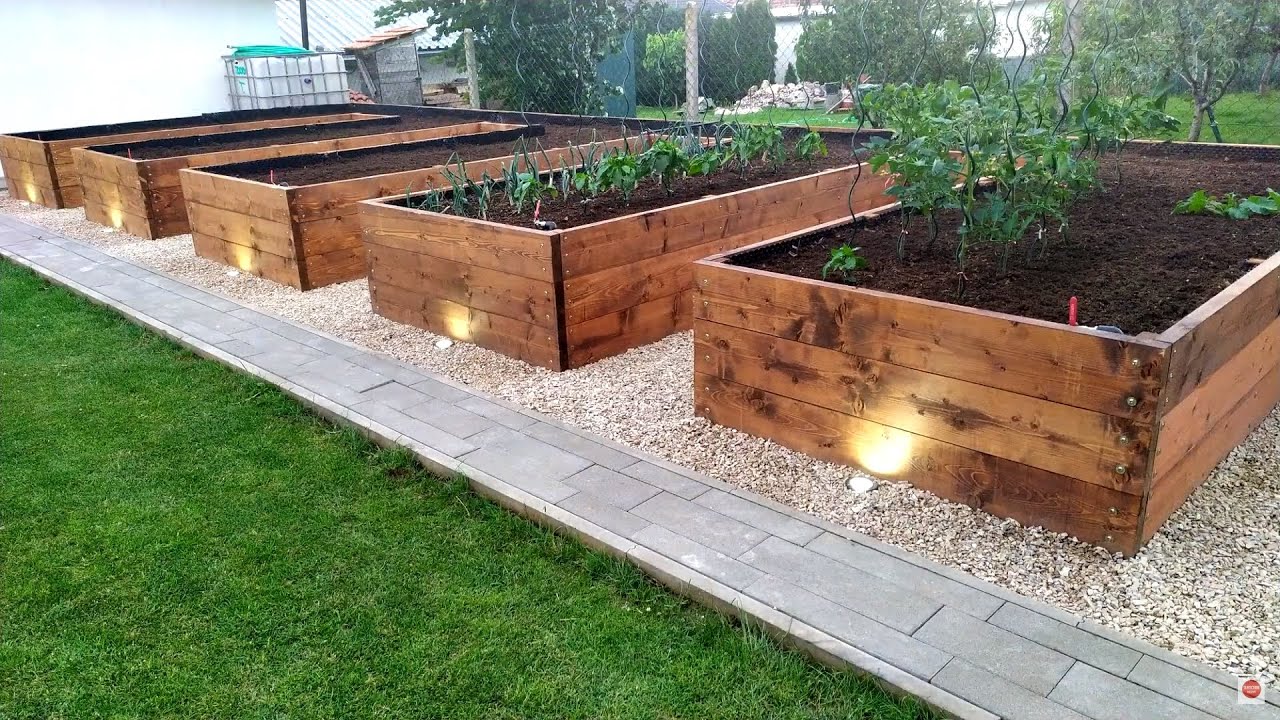
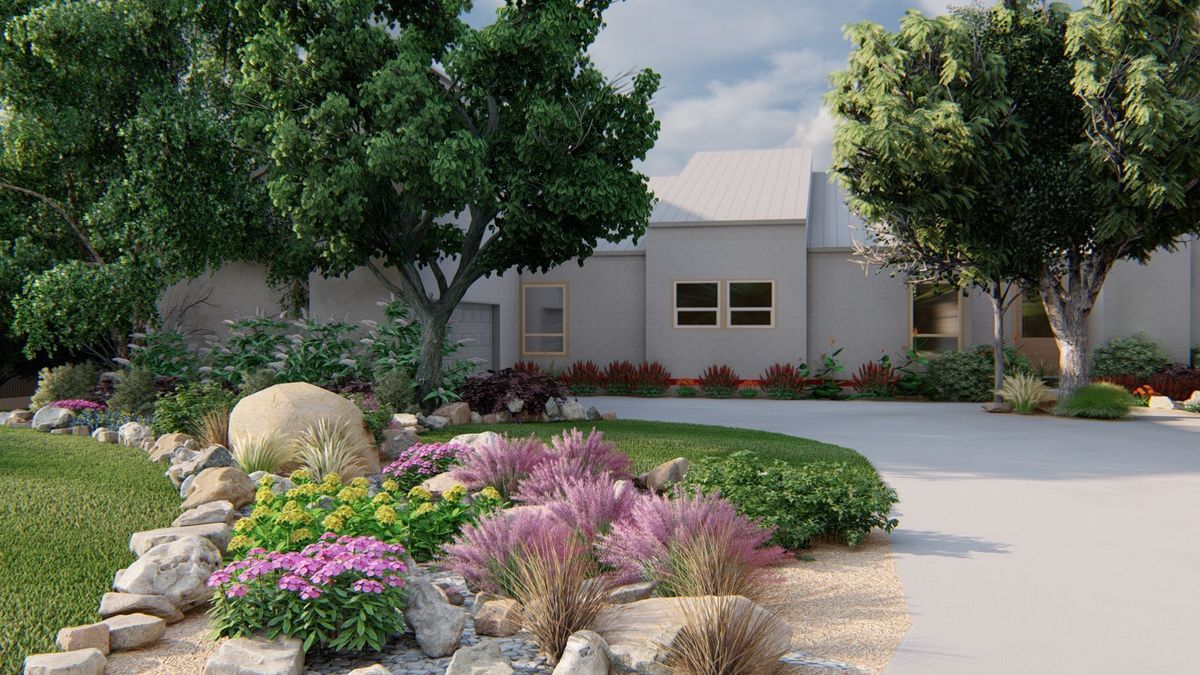


0 thoughts on “Creating A Xeriscaped Landscape: Water-Wise Gardening”